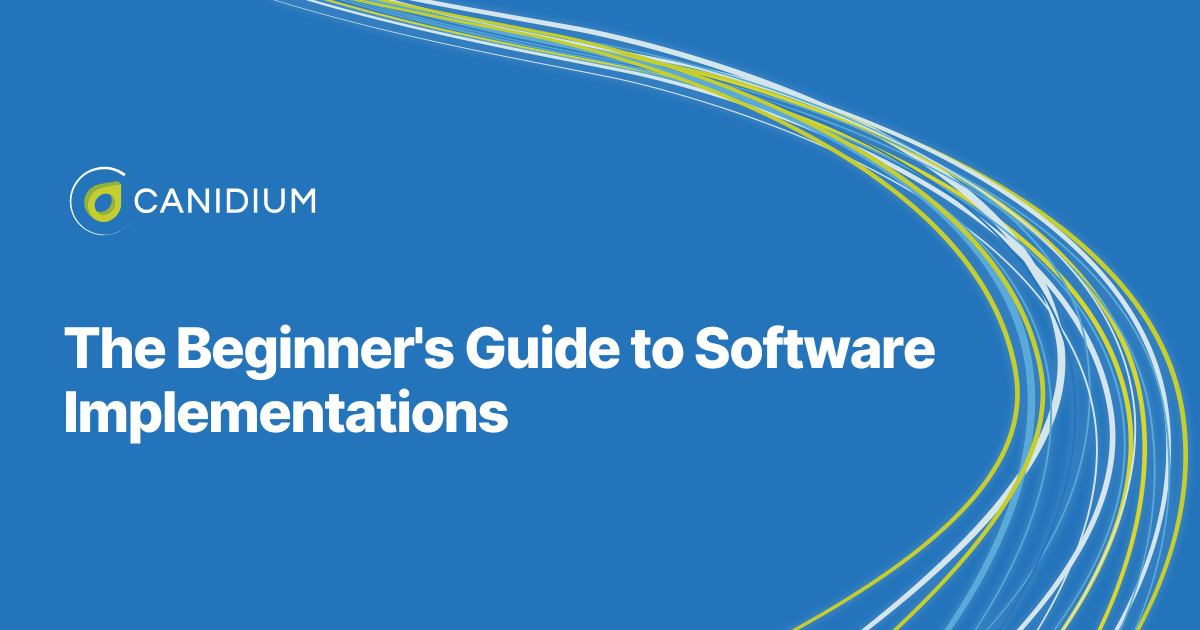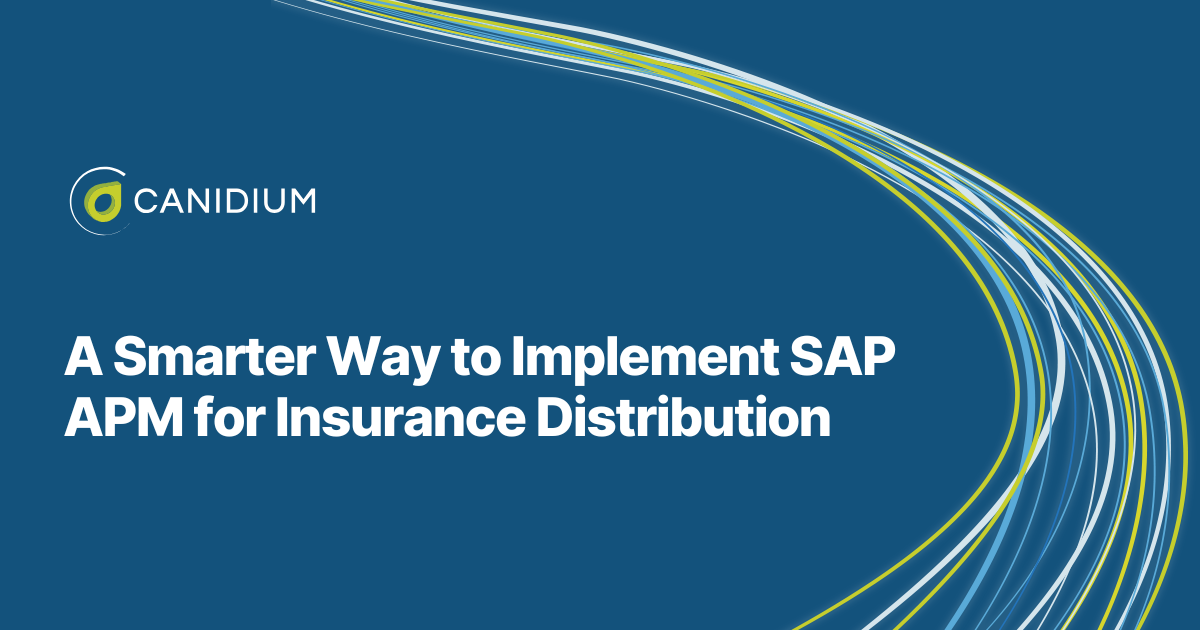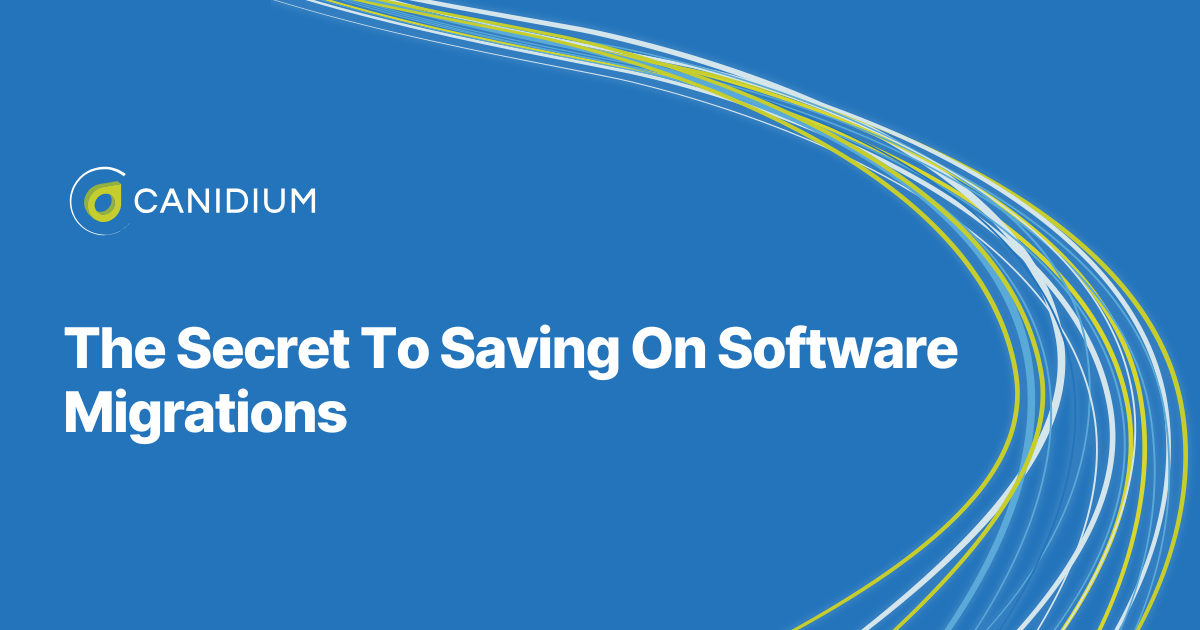The temptation to choose the cheapest option is understandable when selecting software implementations, especially for budget-conscious organizations. However, this approach often comes with hidden costs and risks that can outweigh the initial savings.
Unfortunately, underbidding to get a contract signed is a knowingly used tactic in software implementation.
At Canidium, we readily admit that we will likely never be the least expensive bid. Since 2008, we have made our name by implementing software thoroughly, honestly, and with long-term strategies in mind.
This article explores why selecting the least expensive software implementation bid is often not the best choice and highlights the potential drawbacks and consequences.
What are the potential drawbacks of choosing a cut-rate software implementation?
Limited Functionality
One of the most common pitfalls of choosing the cheapest software implementation is limited functionality. Cost-cutting measures often result in software that lacks essential features, customization options, or scalability. Businesses may struggle to adapt to the software rather than the software adapting to their needs. This can hinder productivity and lead to inefficiencies in the long run.
Poor Customer Support
Cheap software implementations typically come with minimal customer support or service. When issues arise, businesses may struggle to find timely and effective solutions. This lack of support can lead to downtime, frustrated employees, and potentially even the loss of customers if service interruptions affect the end-user experience.
Security Risks
Cut-rate software implementations may skimp on security features, leaving businesses vulnerable to cyber threats. Inadequate security measures can result in data breaches, loss of sensitive information, and damage to a company's reputation. The long-term financial implications of a security breach often far exceed the cost of investing in robust software security from the outset.
Frequent Maintenance and Updates
Low-cost software implementations may lack regular updates and maintenance. Outdated software can become incompatible with other systems, leading to time-consuming and costly workarounds. Businesses may need to invest in frequent patches or entirely new solutions to keep their operations running smoothly.
Integration Challenges
Incompatible or inflexible software can hinder a company's integration with other applications or systems. This can lead to data silos, inefficiencies, and a fragmented IT landscape. The cost of integrating or replacing software to overcome these challenges can be substantial.
Diminished Competitive Advantage
Staying competitive often means staying ahead of the curve with innovative software solutions. Opting for the cheapest implementation can hinder a company's ability to innovate and adapt to changing market conditions, ultimately reducing its competitive advantage.
Hidden Costs
The initial cost of software implementation is just the tip of the iceberg. Choosing the cheapest option can result in unforeseen expenses. These can include additional fees for essential add-ons, customizations, and integrations or hidden costs related to training employees, lost productivity, and workarounds to compensate for the software's limitations.
11 Hidden costs you are likely to incur by going with cut-rate implementation
What are these hidden costs, in reality? These are only some potential losses an organization could incur if they choose price over calibur.
1. Reduced Quality: To meet a lower budget, the development team may cut corners, use less experienced developers, or rush through the project. This can lead to a lower-quality software product requiring frequent updates and fixes, increasing long-term maintenance costs.
2. Scope Creep: Underbid projects often experience scope creep, where additional features or requirements are added after the project has started. These changes can increase development time, costs, and potential delays.
3. Inadequate Testing: Testing is crucial to ensure the software works as intended and is free from critical issues. Testing may be rushed or limited in underbid projects, leading to undiscovered bugs and defects. Fixing these issues post-launch can be costly.
4. Technical Debt: Technical debt refers to the compromises made during development to meet budget constraints. These shortcuts can lead to long-term technical issues, making it more expensive to maintain and enhance the software in the future.
5. Poor Documentation: Insufficient documentation can hinder knowledge transfer and future development efforts. Suppose the project lacks proper documentation due to budget constraints. In that case, it can be challenging and costly for new developers to understand and work on the software.
6. Delayed Timelines: Underbid projects often experience delays due to unforeseen complications or the need to revisit and rework parts of the software. Delays can cause additional costs, especially if the project timeline extends beyond the initial budgeted period.
7. Staff Frustration: Inadequate software can lead to frustration among employees who rely on it. Reduced productivity, increased support requests, and staff turnover can result in indirect costs.
8. Security Vulnerabilities: Cutting costs can lead to inadequate security measures, leaving the software vulnerable to cyberattacks. A data breach or security incident can result in substantial financial losses and damage the organization's reputation.
9. Upgrades and Ongoing Maintenance: A poorly implemented software system may require frequent upgrades, patches, and maintenance to keep it operational and secure. These ongoing costs can add up over time.
10. Reimplementation: In extreme cases, the underbid software project may fail or prove unusable, leading to a complete reimplementation. This can result in a significant financial setback.
11. Lost Opportunity Cost: If the software project underperforms or is delayed, the organization may miss out on business opportunities or competitive advantages, which can have a long-term financial impact.
Cheaper is Not Better with Software Implementation
Although the upfront cost of implementing software is an essential consideration for any business, it should not be the only determining factor. Cheaper software options may seem attractive initially, but they often come with hidden costs such as limited functionality, poor customer support, security risks, maintenance challenges, integration problems, and a decreased competitive edge.
Assessment of long-term needs, evaluation of the total cost of ownership, and consideration of the potential impacts on productivity, security, and scalability are essential to making the right choice in SI partner. By investing in software solutions that align with their strategic goals and operational requirements, organizations can save money and avoid the pitfalls of choosing the cheapest option.
Learn more about Canidium's pricing
Want to learn more on your own? Check out these articles:
Boutique vs. Large: Which to Choose for your Incentive Compensation Management Project
Too Good To Be True? Pros and Cons of Rapid Deployment in Software Implementation
20 Questions To Ask Before Selecting Your Software Implementation Partner
The sherpa of business growth: The value of a strategic partner


.png)





